Notice :
The old historical photos posted here, I have personally copied from the Library of American Congress, University of Wisconsin's Digital collections and from other sources.
The old historical photos posted here, I have personally copied from the Library of American Congress, University of Wisconsin's Digital collections and from other sources.
March 1887 - Publication in Berlin, Germany, of Noli Me Tangere (Touch Me Not) by José Rizal, the Philippines' most illustrious son, awakened Filipino national consciousness.
December 30, 1896 - after a military trial. Although Rizal opposed the Katipunan from the beginning, he became a hero of the revolution through his martyred death and his incendiary writings critical of Spanish rule. His execution fanned the Filipinos' anger and ensured that the revolution would stay.
The execution of Dr. Jose Rizal by the Maria Cristina Regiment
of the Spanish Guardia Civil.
Filipino Rebublican Army
Prisoners
Filipino soldiers outsid Manila
The Philippine Revolution led to the establishment of the first non-western independent republic. Although unrecognized by most nations, the Philippines' First Republic was important because it represented the aspirations and struggle of a brown race, Asian people to be independent of control by a white world power.
It showed how disunity and discord can affect a revolution. The internal struggle between Bonifacio and Aguinaldo was one reason why the revolution faltered in its crucial stage. Subsequently, the refusal of several revolutionaries (many of them pro-Bonifacio) to fight with Aguinaldo was a major reason the revolution failed to achieve immediate and complete independence for the nation.
The Revolution united the Filipinos for the first time. Before and during Spanish colonization, there was no such thing as a Filipino people. The nation was segregated into ethnic and regional groups speaking 77 different languages, and allegiances were confined to one's language or territorial affiliation resulting in a lack of national sentiment. With the Revolution, the people no longer saw themselves primarily as Cebuanos, Tagalogs, Ilokanos, Kapampangans, etc., but as "Filipinos", first and foremost.
It showed how disunity and discord can affect a revolution. The internal struggle between Bonifacio and Aguinaldo was one reason why the revolution faltered in its crucial stage. Subsequently, the refusal of several revolutionaries (many of them pro-Bonifacio) to fight with Aguinaldo was a major reason the revolution failed to achieve immediate and complete independence for the nation.
The Revolution united the Filipinos for the first time. Before and during Spanish colonization, there was no such thing as a Filipino people. The nation was segregated into ethnic and regional groups speaking 77 different languages, and allegiances were confined to one's language or territorial affiliation resulting in a lack of national sentiment. With the Revolution, the people no longer saw themselves primarily as Cebuanos, Tagalogs, Ilokanos, Kapampangans, etc., but as "Filipinos", first and foremost.
The Philippine Revolution led to the establishment of the first non-western independent republic. Although unrecognized by most nations, the Philippines' First Republic was important because it represented the aspirations and struggle of a brown race, Asian people to be independent of control by a white world power.
The Spanish -American War
Spanish-American War, brief war that the United
States waged against Spain in 1898. Actual hostilities in the war lasted less
than four months, from April 25 to August 12, 1898. Most of the fighting
occurred in or near the Spanish colonial possessions of Cuba and
the Philippines, nearly halfway around the world from each other.
In both theaters the decisive military event was the complete destruction of a
Spanish naval squadron by a vastly superior U.S. fleet. These victories left the
Spanish land forces isolated from their homeland and, after brief resistance,
brought about their surrender to U.S. military forces. The defeat marked the end
of Spain’s colonial empire and the rise of the United States as a global
military power.
On May 18, 1898U.S. President McKinley ordered a military expedition, headed by Major General Wesley Merritt, to complete the elimination of Spanish forces in the Philippines, to occupy the islands, and to provide security and order to the inhabitants.
25 May 1898First U.S. troops were sent from San Francisco to the Philippine Islands. Thomas McArthur Anderson (1836-1917) commanded the vanguard of the Philippine Expeditionary Force (Eighth Army Corps), which arrived at Cavite, Philippine Islands on June 1, 1898.
On May 18, 1898U.S. President McKinley ordered a military expedition, headed by Major General Wesley Merritt, to complete the elimination of Spanish forces in the Philippines, to occupy the islands, and to provide security and order to the inhabitants.
25 May 1898First U.S. troops were sent from San Francisco to the Philippine Islands. Thomas McArthur Anderson (1836-1917) commanded the vanguard of the Philippine Expeditionary Force (Eighth Army Corps), which arrived at Cavite, Philippine Islands on June 1, 1898.
Related Video :
Related blog postings :
The Siege of Baler - Ultimos de Filipinas
http://jibraelangel2blog.blogspot.jp/2015/01/the-siege-of-baler-ultimos-de-filipinas.html
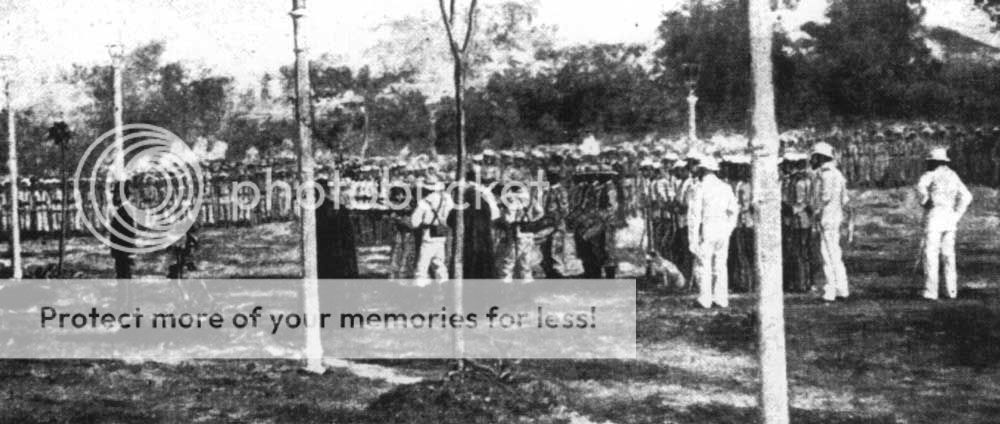
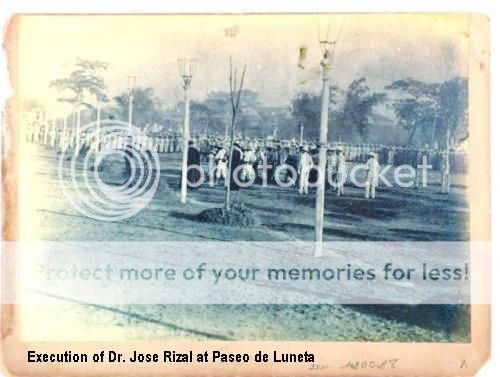



















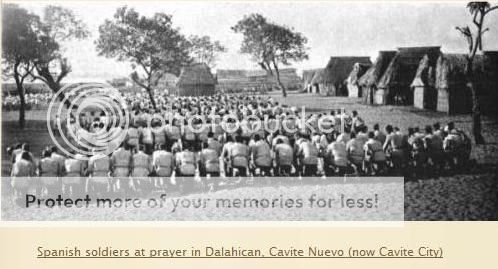






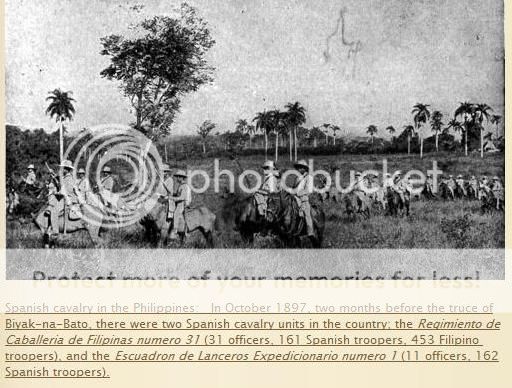


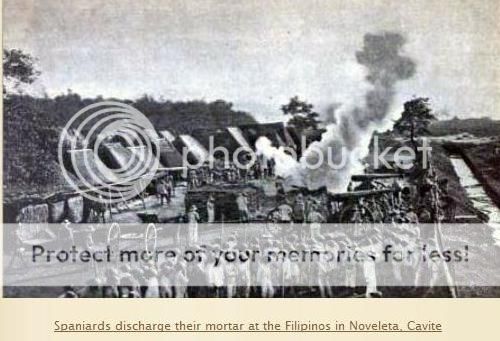




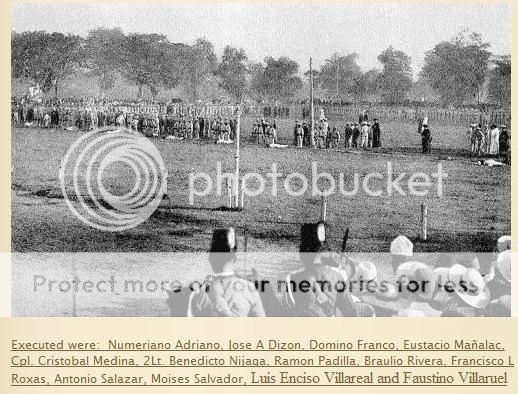



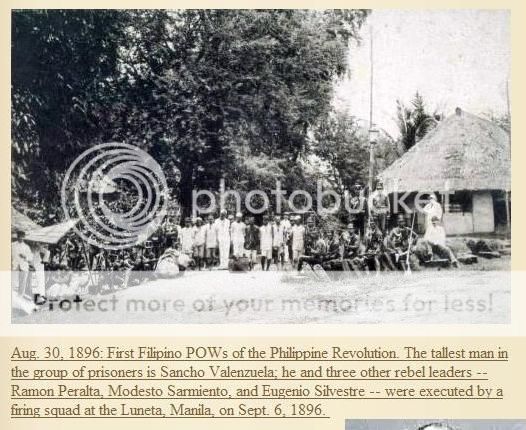











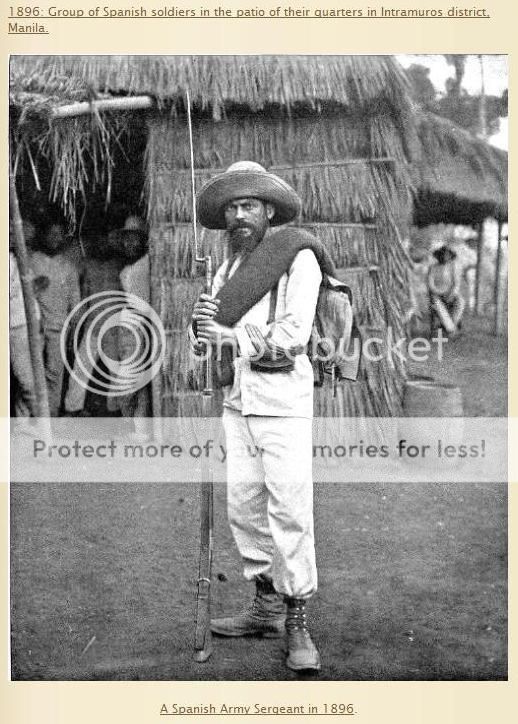
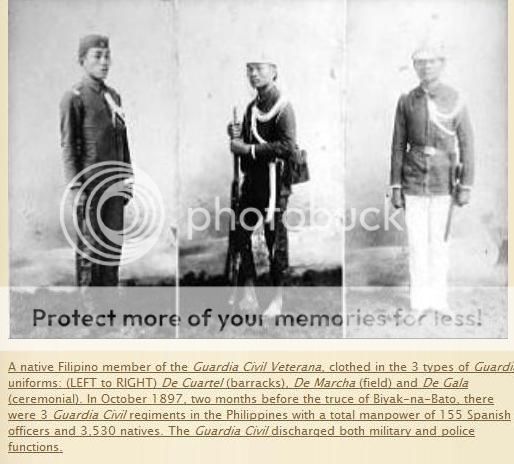





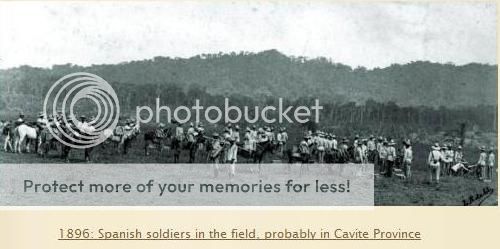






















No comments:
Post a Comment